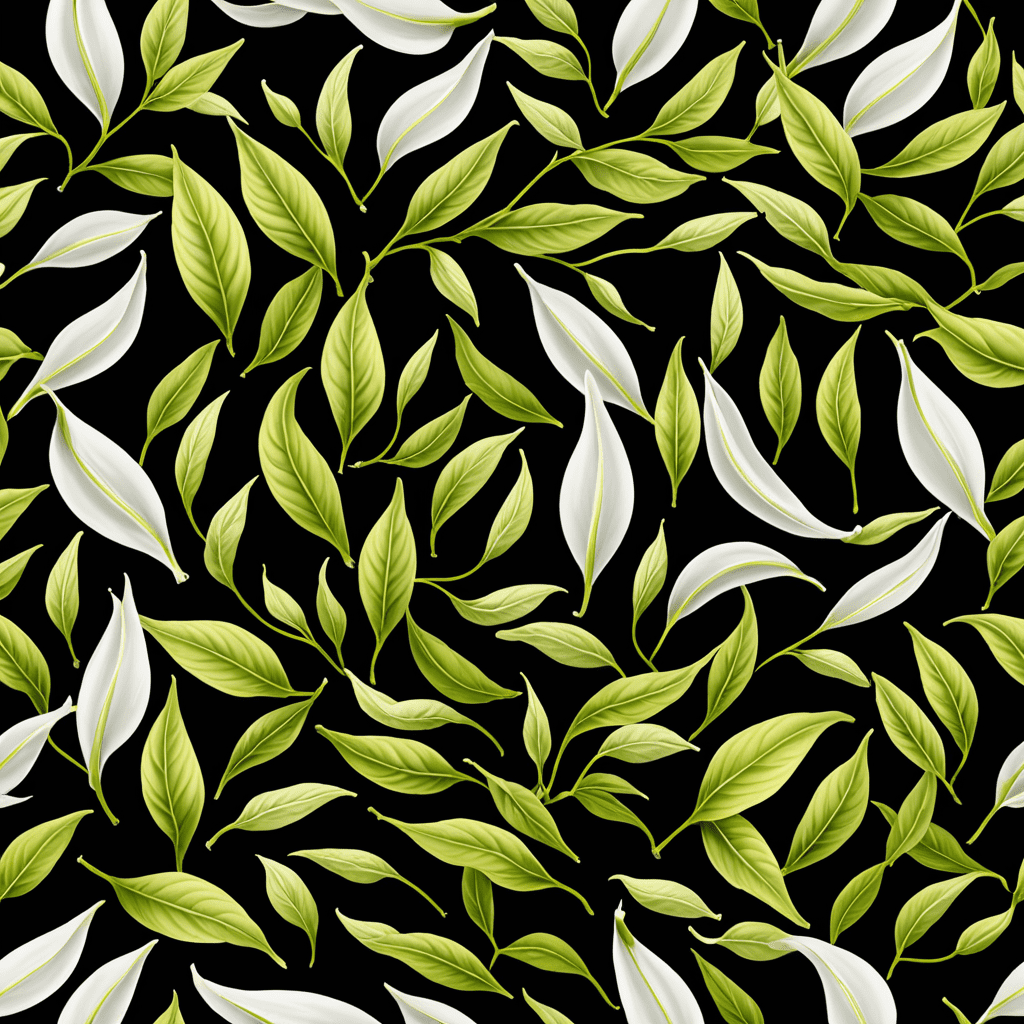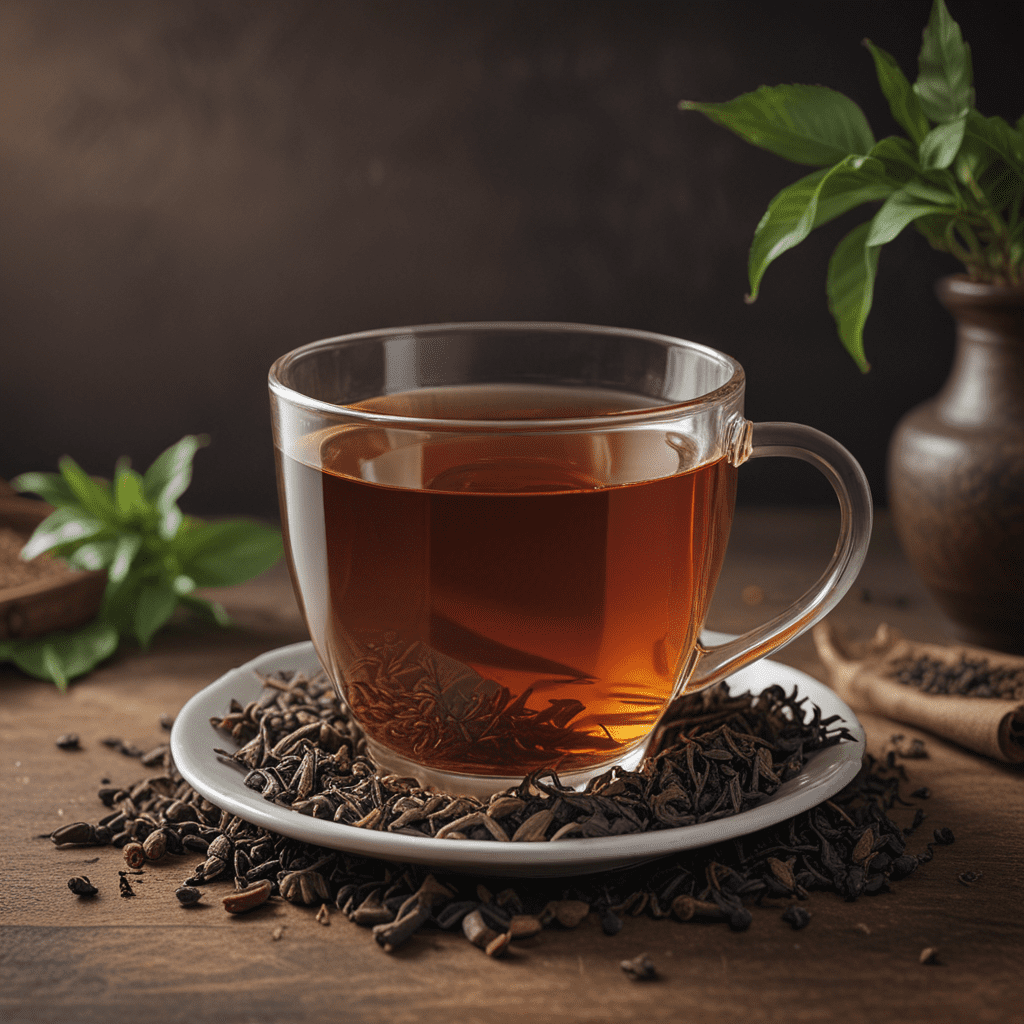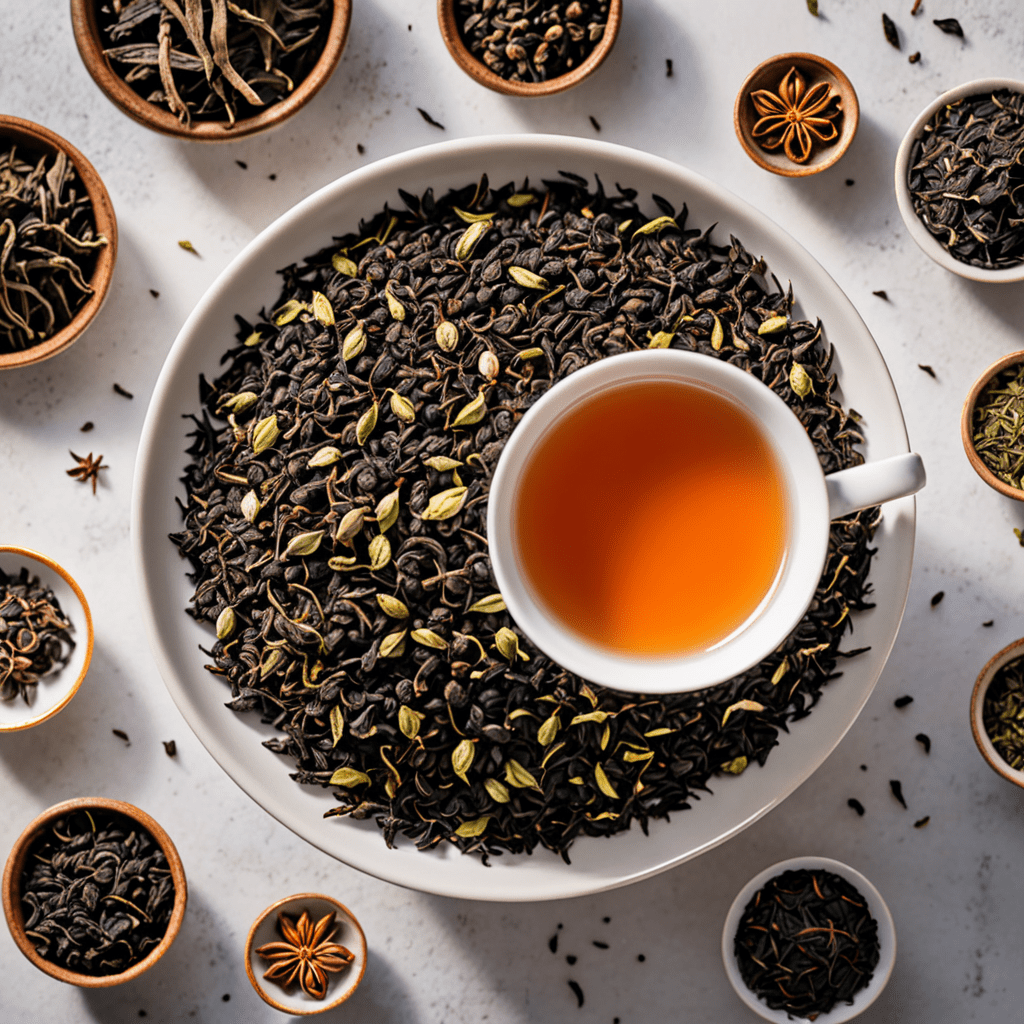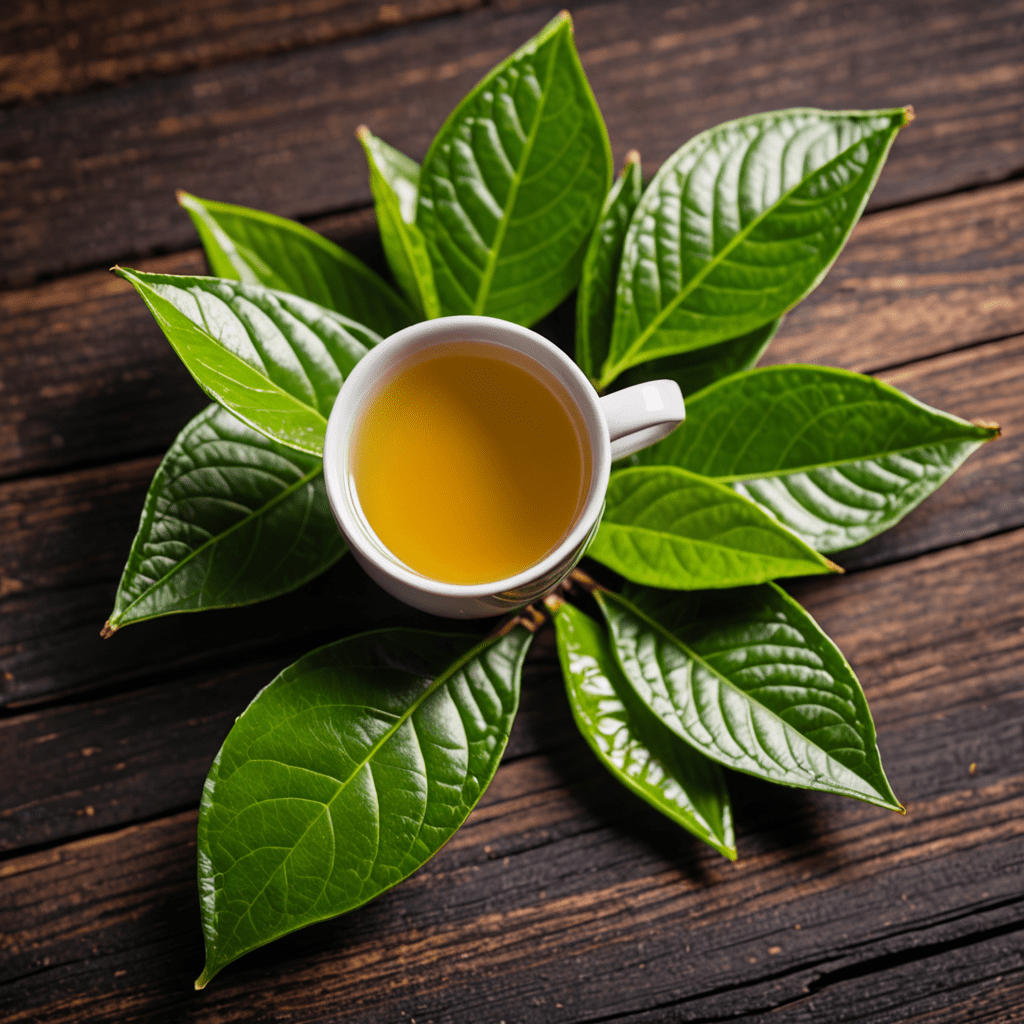The Different Processing Methods of White Tea
Introduction to White Tea
White tea, known for its delicate flavor and numerous health benefits, is a type of tea that is minimally processed. It comes from the same plant as green and black tea, Camellia sinensis, but undergoes a different processing method.
Withering
The first step in processing white tea involves withering the freshly picked tea leaves. This is typically done under natural sunlight or in a climate-controlled environment to remove excess moisture from the leaves.
Rolling
After withering, the tea leaves are gently rolled to break down the cell walls and release the natural juices and essential oils. This process helps to enhance the subtle flavors and aromas of the white tea.
Drying
Following rolling, the tea leaves are dried. This can be achieved through various methods such as sun-drying or using low-temperature ovens. The goal is to halt oxidation and lock in the delicate flavors and natural properties of the tea.
Categories of White Tea
There are several categories of white tea, each processed differently. Silver Needle, White Peony, and Longevity Eyebrow are some popular types. The differences lie in the specific cultivars used, the picking standards, and the processing techniques.
Unwilted or Orthodox Method
This method involves simply plucking the leaves and allowing them to dry naturally in the sun. This results in a lighter flavor profile and is characteristic of certain white teas like Silver Needle.
C.R. (Crush, Tear, Curl) Method
In this method, the tea leaves are machine-processed, resulting in a more robust and bold flavor. This method is used for some white tea blends and is characterized by a darker liquor and stronger taste compared to traditional white teas.
This article has highlighted the different processing methods of white tea, shedding light on the intricate steps involved in producing this sought-after beverage. Understanding these methods can help tea enthusiasts appreciate the nuanced characteristics of white tea and make informed choices when selecting their preferred variety.
FAQ: The Different Processing Methods of White Tea
What are the main processing methods of white tea?
White tea primarily undergoes two main processing methods: the traditional air-drying method and the modern mechanized method. The traditional method involves withering the tea leaves in the sun or indoors, then allowing them to naturally dry after picking. In contrast, the modern method uses machinery to speed up the process, including withering machines and ovens for drying.
How does the processing method impact the taste of white tea?
The processing method significantly influences the flavor profile of white tea. White teas processed using the traditional method are often considered to have a more delicate and complex flavor, with subtle floral and fruity notes. On the other hand, white teas processed using modern methods may exhibit a bolder taste with more pronounced vegetal or nutty undertones.
Are there other variations in the processing of white tea?
Aside from the main processing methods, there are variations such as the level of oxidation. Some white teas are allowed to undergo minimal oxidation, while others may be slightly more oxidized, affecting the taste and color of the final product. Additionally, different cultivars of the tea plant and the specific terroir where the tea is grown can also contribute to variations in the processing and flavor of white tea.



